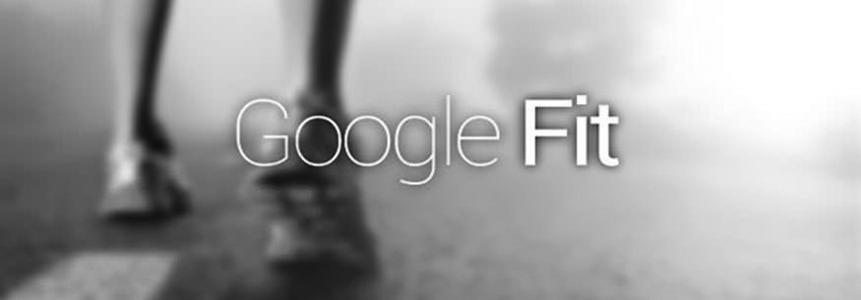Google is the number 3 most valuable brand in the world! It is worth $367 billion dollars today! The company that was started in 1995 at Stanford University, continues in its perpetual drive to innovate, and is certain to change the healthcare landscape.
Google is the number 3 most valuable brand in the world! It is worth $367 billion dollars today! The company that was started in 1995 at Stanford University, continues in its perpetual drive to innovate, and is certain to change the healthcare landscape.
Although it started out as a link generator, Google has an R&D department today that has produced technology that has impacted the lives of many patients. The initial platform was Google Health, in collaboration with my former employer Cleveland Clinic. The company also created a glucose testing contact lens for diabetes patients. The driver-less car has been developed for disabled people and a long line of technology.
According to the Wall Street Journal, more than one-third of Google’s venture capital in 2014 went to healthcare and life-sciences companies. This was a 10% increase increase from 2012.
So how does Google plan to define and perhaps even revolutionize healthcare?
1. Google Genomics
One of the Google’s most amazing “moonshots” may be their quest to collect and compare millions of genomes to help propel medical research. But the field has lots of competition in human data storage from IBM, Amazon and Microsoft. But it hopes to create cloud-based consortium that will unveil new methods of treating healthcare’s most catastrophic diseases and cancers.
The current cost to keep a copy of your genome with Google is $25 per year. The benefit however is the comparison on your genome amongst millions of others that could lead to massive revelations in medical research. At least, that’s their hope.
2. Google Cancer Research
Google is also working on how to detect cancer, before the symptoms even start. They are building a cancer-detection pill. According to Wired, the pill will be filled with nanoparticles that magnetically latch onto cancer-related molecules in the bloodstream, while a wrist wearable will alert the patient of problems.
Google has already built a multidisciplinary team of experts in chemistry, physics and biology. But it will be years away from bringing the idea to marketplace. They have note yet tested the nanoparticles on humans. The prototype has only been tested in artificial human limbs so far.
3. Google Glass
Google Glass wasn’t created as a device to be used solely in healthcare. Two years ago I met Gopi Kallayil, Chief Evangelist of Brand Marketing at Google. He said that Glass started as a consumer wearable for searching the web at eye-level and documenting the user’s experience. But the tools ability to capture data while leaving its user’s hands-free was a desirable feature to those in the medical field, such as surgeons.
One of the devices earliest clinical “explorers” was Dr. Raphael Grossmann, who used the device to broadcast a surgical procedure to medical students from a remote location. Today, Google Glass is used in several medical institutions in a number of pilot programs as both a teaching and teleconferencing tool.
3. Google Contact Lens
In 2013 Google teamed up with Novartis to develop a smart contact lens that can monitor a wearer’s blood sugar levels. The prototype uses tiny sensors and a micro-thin radio antenna to track glucose levels. This information can then be uploaded to a mobile device and monitored by patient and their physician. The lens is the first useful disease management and population health tool of its kind.
4. Google Diagnostics
Last year Google partnered with Quest Diagnostics to enhance communications between physicians and patients by providing patients with secure electronic access to their diagnostic laboratory information. This was rolled out for more than 100,000 physicians nationwide. Quest Diagnostics is developing solutions that will provide patients, through their physicians, with easy to use and secure electronic access to their diagnostic results.
5. Google Health + Fittness app
Everyone has a fitness app these days, and wearables are filling the consumer market. To compete with Apple’s HealthKit, Google has created Google Fit. This platform allows users to track their fitness goals.
6. Google Search
Google has devised a way to read and decipher flu trends in any location by monitoring relevant search terms.
To recap, if knowledge is power, then Google has plenty of it. As far as what innovations will take off to the moon or end up being deleted, we will have to wait, see – or, query, to find out!

This Mountain View mammoth’s medical meteoric rise is full of interesting trivia and surprising facts to share …
-
Google was originally named “BackRub”
Back in 1996 Sergey Brin and Larry Page originally collaborated on a pioneering concept of a “web crawler”. They called it “BackRub” to indicate to the web linking model.
-
Google is a play on the word “googol”
In September 1997, Brin and Page registered the domain name “Google”. They created this twist on “googol,” which is a mathematical term represented by the numeral one followed by 100 zeros. The name hints at the infinite amount of information the founding partners coded their new search engine to mine, make sense of and deliver.